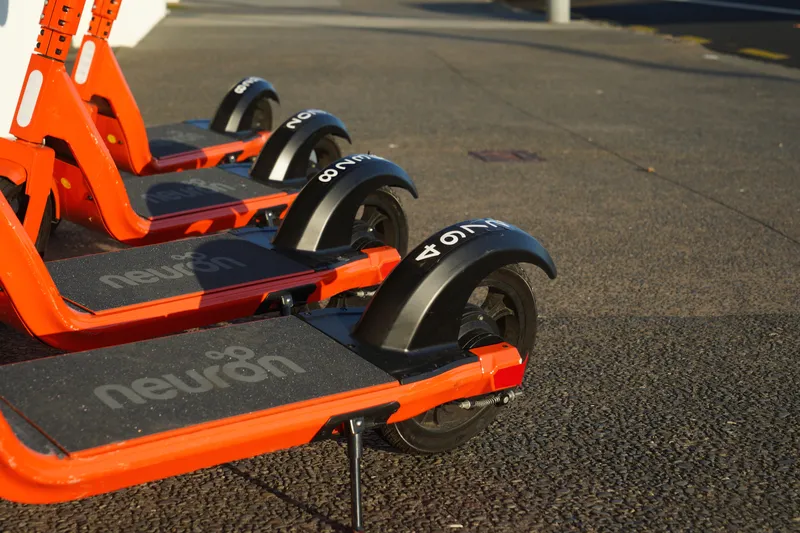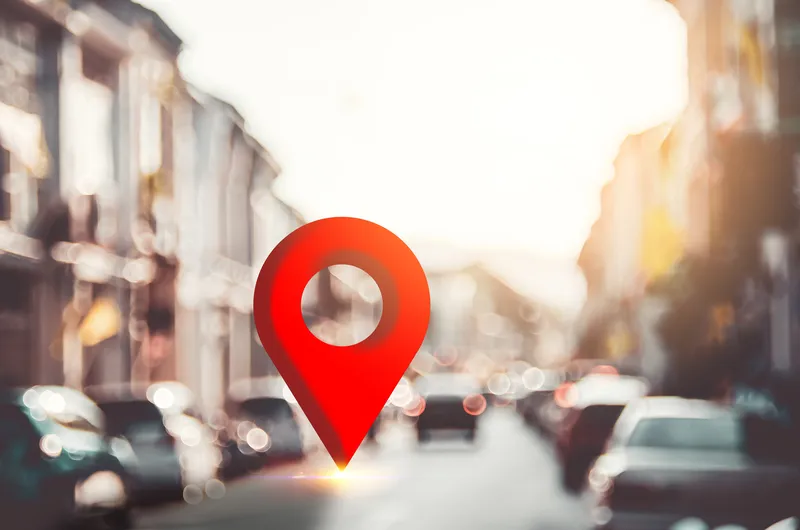
Neuron is applying what it calls an 'e-scooter brain' to 1,500 models in cities across Australia, Canada and the UK.
Neuron says the brain includes high accuracy location technology (Halt), which allows the company to detect an e-scooter's location to within 10cm.
It will also feature rapid geofence detection, which triggers an e-scooter's response to a geofence in 0.3 seconds to help make them more controllable in cities.
Additionally, the brain will have a range of smart sensors to counteract unsafe riding habits in real-time.
The company will also be able to give users an individual safety rating so it can educate, correct and incentivise good riding behaviour.
Findings from the six-month trial in Ottawa (Canada), Brisbane and Darwin (Australia) and Slough (UK) will determine how selected features will be rolled out across Neuron's fleet internationally over the next 12 months.









